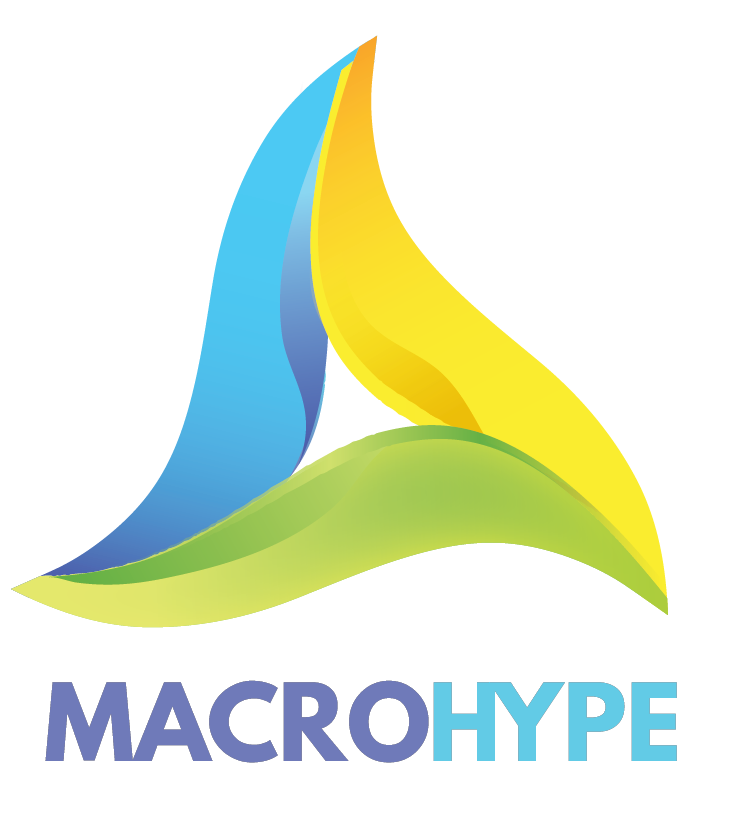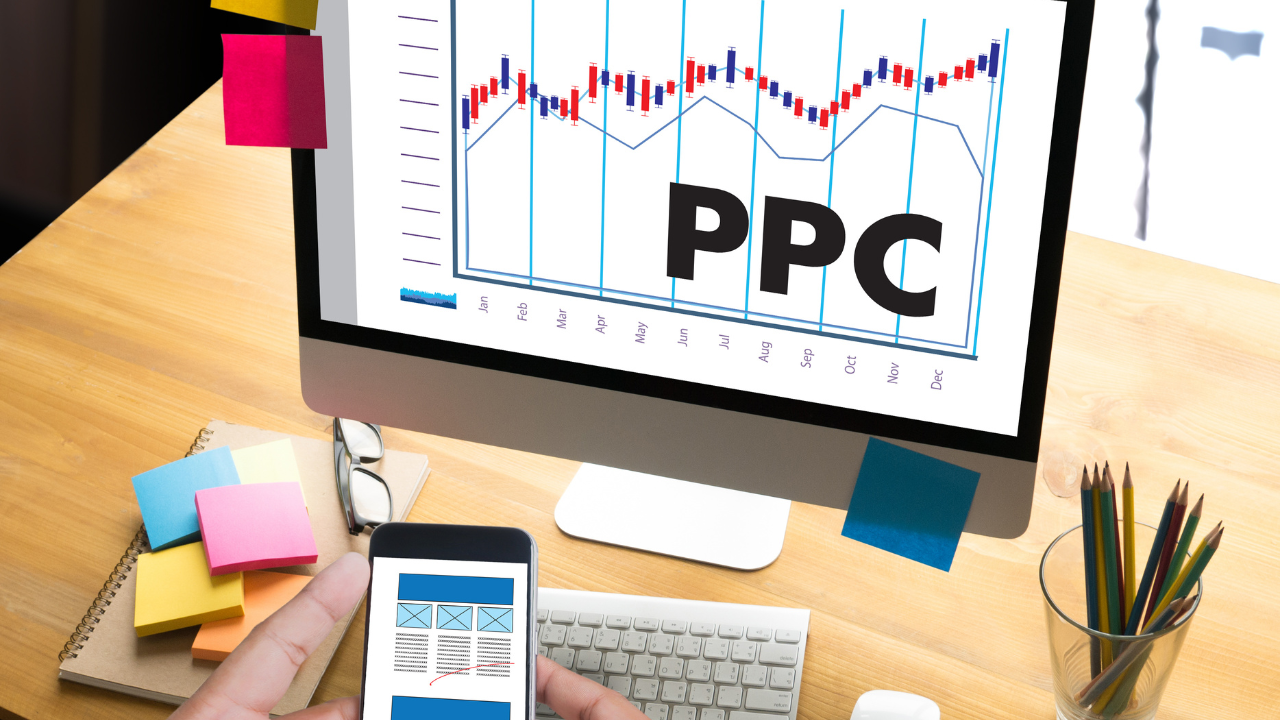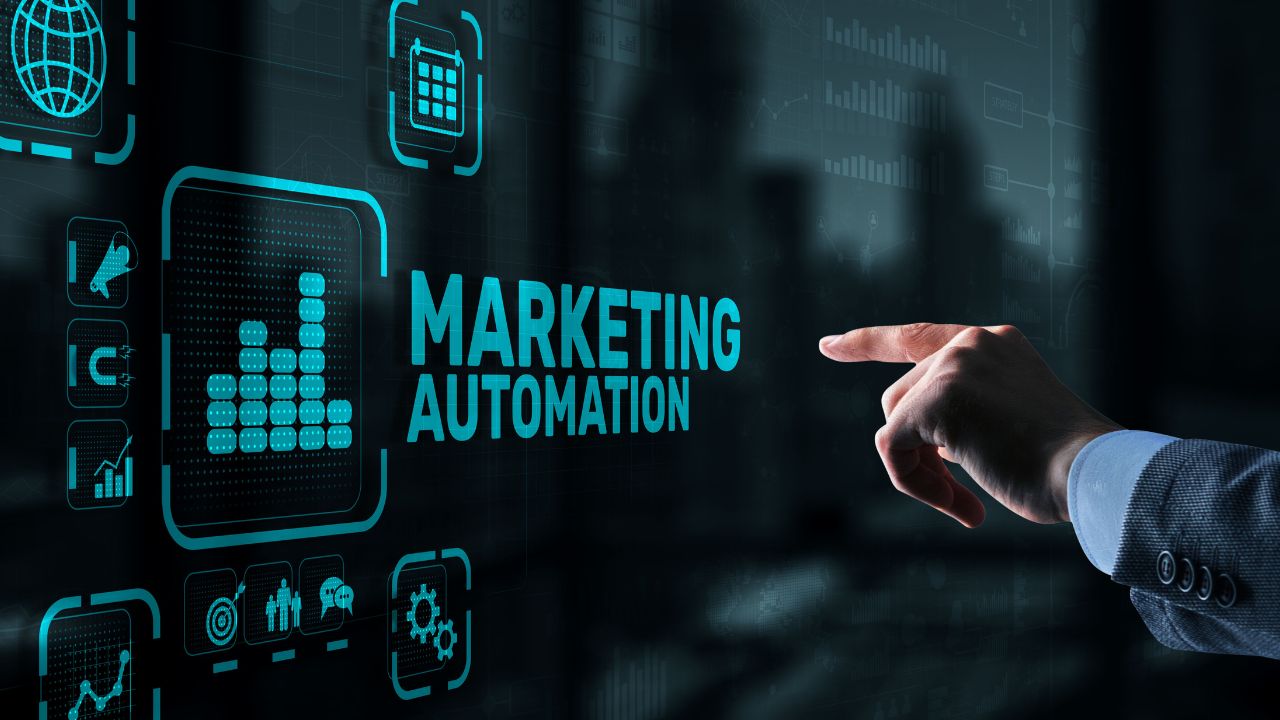Pay-per-click (PPC) advertising is a popular and effective way for businesses to drive traffic to their website and promote their products or services online. If you’re new to PPC advertising, it can initially seem complex and overwhelming. However, with some basic knowledge about how PPC works and following best practices, you can launch and optimize a successful PPC campaign. This beginner’s guide to PPC Advertising covers the fundamentals to help you get started!
What is PPC Advertising?
PPC advertising refers to ads displayed on search engines and websites that advertisers pay for only when someone clicks. The ads are displayed when a user searches for keywords or phrases related to the advertiser’s business. Advertisers bid on these keywords, which allows their ads to show up in search results. They then pay the search engine or website owner a small fee each time their ad is clicked.
The main benefit of PPC is that it provides advertisers with a way to put their ads in front of motivated searchers who are already looking for the types of products or services they offer. The costs are also predictable since advertisers only pay when an ad gets clicked.
How PPC Advertising Works
There are a few key players that make PPC advertising work:
- Advertisers – The businesses who want to promote their products/services and are willing to pay for clicks or conversions their ads generate.
- Search engines and websites – Places like Google Ads and Bing Ads that display PPC ads on search results and content pages and charge advertisers for clicks.
- Agencies and PPC managers – Manage and optimize campaigns for advertisers and interface with the PPC platforms on the advertisers’ behalf. Companies like Macrohype specialize in PPC management services.
The PPC Auction
So how do ads get displayed? PPC platforms use an auction process where advertisers bid on keywords relevant to their target audience. For example, a sporting goods company might bid on keywords like “basketball shoes” or “running watch”.
When a user searches for one of those keywords, a real-time auction determines which ads show up and their position on the page. Advertisers with higher bids, and higher quality ads and landing pages generally get better placement.
After a user clicks an ad, the advertiser pays the bid amount to the search engine or website owner and gets sent to that visitor. Optimizing bids to drive clicks at profitable costs is key to PPC success.
Why Use PPC Advertising?
There are a few key reasons PPC can be beneficial as part of a digital marketing strategy:
- Targeted Reach – PPC allows you to put your ads in front of people searching for your products or services and in the market to buy. This level of targeting is hard to match with other advertising mediums.
- Measurable ROI – With PPC, you can measure important metrics like impressions, clicks, costs, and conversions to assess performance and return on ad spend. This data can be used to optimize campaigns.
- Flexibility – PPC campaigns can be adjusted quickly based on performance and market conditions. Budgets, bids, keywords, ads, and targeting can all be changed to improve results.
When used strategically, PPC can deliver a great return on investment and complement other channels like organic search and content marketing.
Understanding the Basics of PPC Advertising
The most popular PPC platforms include:
- Google Ads – Google’s PPC platform where advertisers buy ads on Google Search, as well as its Display Network and YouTube.
- Microsoft Advertising – Microsoft’s PPC platform for Bing, Yahoo, and partner sites. They were formerly called Bing Ads.
- Amazon Advertising – Amazon’s PPC platform for sponsored ads on Amazon’s site and across their ad network.
- Facebook Advertising – Facebook and Instagram’s advertising platform for running ads in their feeds and Stories.
- Pinterest, Twitter, LinkedIn – Other major networks with PPC ad capabilities.
Google Ads and Microsoft Advertising account for the bulk of search PPC advertising. Facebook, Amazon, and others are powerful for PPC display and social ads. Most advertisers use a mix of platforms as part of their PPC strategy.
Steps for Getting Started with PPC
If you’re ready to dive into pay-per-click advertising, follow these steps to launch your first campaign:
1. Set Goals and Budget
First, define your goals and budget for PPC. Typical goals include generating leads, sales, or brand awareness. Make sure to allocate enough budget to give your campaigns time to get off the ground, usually a few hundred dollars per month minimum.
2. Research Keywords
Brainstorm keywords and phrases related to your products, services, and target audience. Keyword research tools can help you find relevant search volume data. Organize keywords into ad groups around specific topics.
3. Set up Accounts
Create accounts on the PPC platforms you want to advertise on like Google Ads, Bing Ads, and Facebook. Set up billing and tracking methods.
4. Create Text Ads
Draft compelling, concise text ads of 1-3 lines in length. Include a clear headline, a description of your offer, and a display URL. Create a few ads per ad group to test.
5. Launch and Monitor
Set a geographic target, and start your ads with manual or automatic bidding. Monitor performance metrics, then optimize bids, ad copy, keywords, and landing pages over time.
PPC Best Practices
Keep these best practices in mind as you manage your PPC campaigns:
- Granularly organize keywords – Structure ad groups around closely related keywords and themes. This allows for more targeted ad copy and landing pages.
- Write high-quality ads – Craft relevant, enticing ad copy that speaks directly to the searcher and your offer. Test different headlines, descriptions, and display URLs.
- Optimize landing pages – Send traffic to dedicated landing pages that match the ad copy and quickly communicate your offer.
- Set specific bids – Avoid broad match keywords and set well-informed manual bids for the highest relevance. Adjust bids based on real performance data.
- Monitor and tweak campaigns – Check search term reports to identify new keywords and opportunities. Refine targeting, bids, ad copy, and more to improve conversions.
- Track ROI – Use tracking numbers and analytics to measure your return on ad spend. Find the most profitable channels, keywords, and audiences to focus budget.
With some dedication and persistence, you can launch successful PPC campaigns that deliver great results. Mastering the basics puts you well on your way to PPC advertising success. Feel free to reach out with any other beginner questions!





